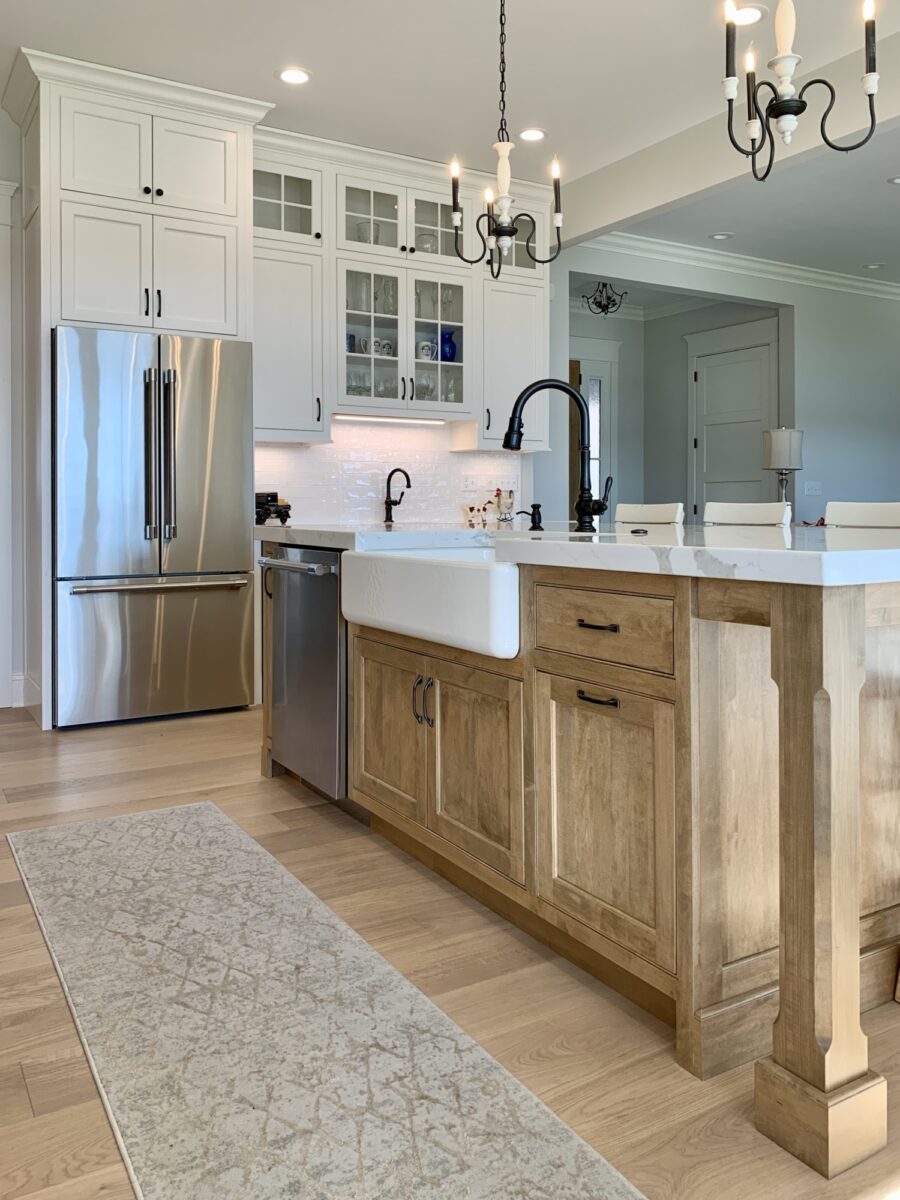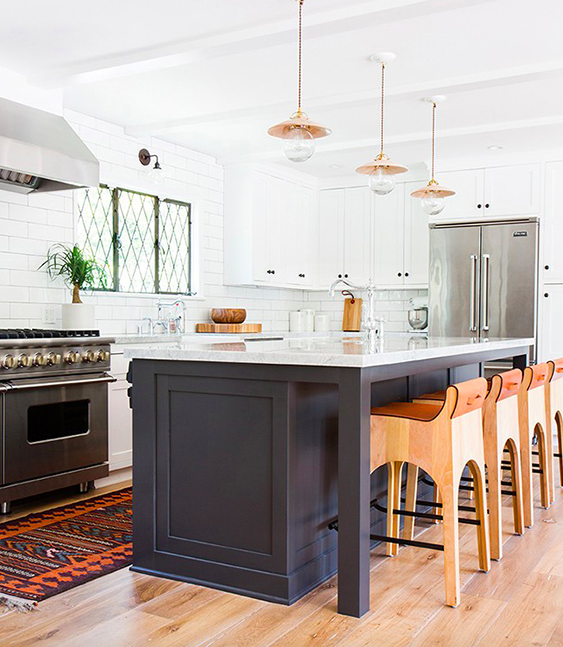Create a Spectacular Centerpiece with Classy Legs For Kitchen Island
Create a Spectacular Centerpiece with Classy Legs For Kitchen Island
Blog Article
Secret Considerations for Finding the very best Legs For Cooking Area Island for Your Style
When selecting the perfect legs for your kitchen island, numerous crucial considerations come right into play that can considerably affect both functionality and visual appeals. The choice of design, product, and elevation have to line up with your total cooking area style to ensure an unified look. In addition, stability and upkeep needs are vital for long-lasting usage and simplicity of care. Comprehending these variables can improve your kitchen's functionality and visual charm, but the subtleties of each consideration can commonly be overlooked. What ramifications might these choices carry your kitchen's overall environment?
Determine Your Design Choice
When picking the perfect legs for your kitchen area island,Identifying your design preference is critical. The legs of your cooking area island not just offer a functional purpose but also contribute considerably to the general aesthetic of the area. Recognizing your design style-- be it contemporary, rustic, standard, or industrial-- is vital.
For a contemporary kitchen area, think about sleek, minimalistic legs that complement open rooms and tidy lines. On the other hand, a rustic setting may gain from more durable, farmhouse-style legs constructed from redeemed materials. Conventional kitchens often prefer transformed or elaborate legs, which can add a touch of elegance and refinement. At the same time, a commercial aesthetic might ask for metal legs that emphasize a raw, incomplete look.
In addition, consider the height and percentage of the legs in relationship to the island's surface area. Ultimately, your style preference will certainly affect not just the selection of legs but also the overall consistency of your kitchen area's layout.
Pick the Right Product
Picking the appropriate material for your kitchen island legs is pivotal in guaranteeing both longevity and visual charm. Different products use distinctive benefits, and the selection usually reflects your design preferences and functional requirements.
Wood is a popular selection, providing warmth and versatility. It can be stained or repainted to match your cooking area design, making it versatile to numerous designs, from rustic to contemporary. Wood may call for normal upkeep to protect its appearance and integrity.

If you seek a distinct touch, think about acrylic or glass products. They can produce an illusion of space and agility in your cooking area, making them a superb option for smaller sized locations - Legs For Kitchen Island. Nevertheless, these alternatives may call for careful handling and maintenance to prevent scrapes.
Ultimately, the material you select should align with your kitchen's total style, making certain that the legs serve both functional and attractive purposes.
Think About Elevation and Percentages
When making a kitchen area island, elevation and proportions play a vital duty in guaranteeing capability and convenience. The common elevation for a kitchen area island commonly ranges from 36 to 42 inches, straightening with traditional counter heights or bar elevations, respectively. This dimension is crucial for integrating with surrounding counter tops and stools, enabling convenience of use during meal preparation and social interactions.
In addition, the island's percentages should enhance the overall kitchen area format. A well-proportioned island needs to not bewilder the space; rather, it ought to produce a balanced aesthetic. Consider the ratio in between the island's size and length, guaranteeing it provides sufficient surface area without crowding the kitchen area. A basic standard is to preserve a size of 24 to 48 inches, facilitating movement and ease of access.
Moreover, the elevation of the legs or base can influence the aesthetic charm and performance. Taller legs may offer a much more contemporary, airy feeling, while shorter ones can stimulate a traditional, grounded appearance. Inevitably, very carefully thinking about elevation and percentages will lead to a kitchen island that is both visually a fantastic read enticing and functionally effective, enhancing the general layout of the area.
Assess Stability and Durability
A kitchen island's legs need to not only enhance its height and proportions but additionally provide ample stability and durability to support day-to-day tasks. The legs are vital to the total functionality of the island, as they bear the weight of the counter top and any kind of additional loads, such as home appliances or cooking jobs.
When evaluating security, it is crucial to think about the leg style and product. For circumstances, sturdy metal or strong hardwood legs typically supply premium strength compared to lighter materials like engineered timber or plastic. In addition, a bigger base can boost security, reducing the danger of tipping or wobbling during use.
Resilience is similarly essential; the legs must stand up to damage from everyday use. Consider finishes that safeguard against scratches, dents, and dampness, specifically in a cooking area atmosphere. Additionally, evaluate the top quality of building, such as fastenings and joints, which can his explanation significantly affect the legs' lasting performance.
Eventually, purchasing well-crafted legs that prioritize stability and durability will ensure your cooking area island stays a reputable office for years ahead, improving your cooking experiences while maintaining aesthetic appeal.
Variable in Upkeep and Care
Maintenance and treatment are important considerations for making certain the durability and performance of kitchen island legs. When picking legs, it is necessary to assess the products used, as various options need differing levels of upkeep. Wooden legs may need routine refinishing or sealing to stop dampness damage and scratches, while steel legs might need normal polishing to preserve their luster and avoid rust.
Additionally, the surface related to the legs can influence maintenance demands. A high-gloss covering may be less complicated to tidy but might reveal scratches and finger prints quicker than a matte surface. It is advisable to select products and coatings that enhance your lifestyle; as an example, if you often hold celebrations, opt for long lasting products that can stand up to damage.
In addition, consider the cleansing process associated with maintaining these legs. Smooth surfaces typically need very little effort, while intricate designs may accumulate dust and crud, demanding even more labor-intensive cleansing approaches. Legs For Kitchen Island. Ultimately, factoring in the maintenance and care needed for your chosen kitchen island legs will not only boost their visual allure yet likewise guarantee their functional honesty with time
Verdict
In verdict, choosing check my reference the ideal legs for a cooking area island demands mindful consideration of various factors, consisting of layout style, material option, elevation, maintenance, and stability. Each component plays a vital function in making sure that the legs not only boost the visual appeal of the kitchen however also offer the required assistance and toughness for daily usage. A knowledgeable decision will inevitably add to a useful and visually pleasing cooking area atmosphere.
The legs of your cooking area island not just serve a useful function but likewise add considerably to the overall aesthetic of the room.Maintenance and treatment are vital factors to consider for making sure the long life and performance of cooking area island legs. Wooden legs might require regular refinishing or securing to avoid wetness damages and scratches, while steel legs might need routine brightening to maintain their shine and stop corrosion.
Ultimately, factoring in the upkeep and treatment required for your selected cooking area island legs will certainly not only improve their visual appeal however additionally guarantee their practical honesty over time.

Report this page